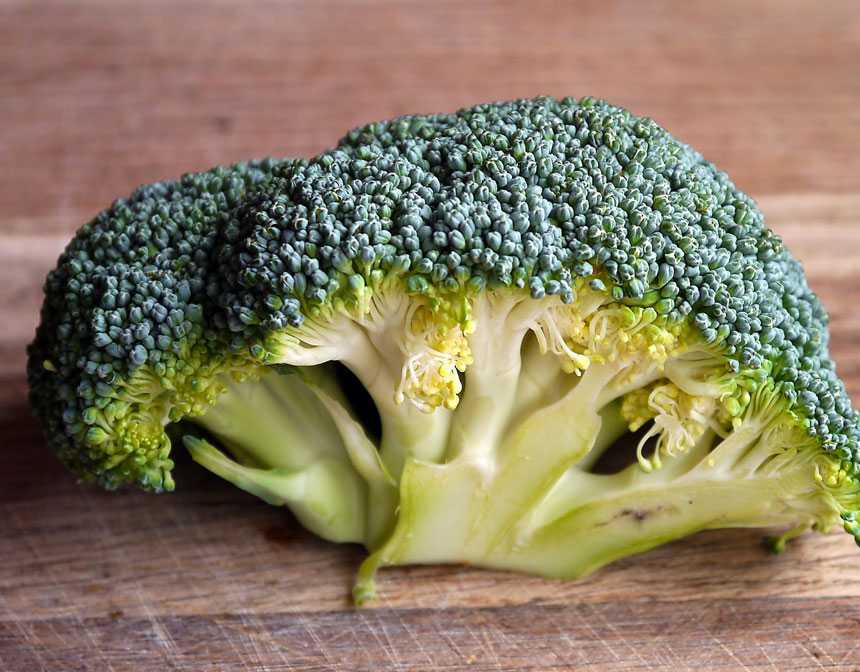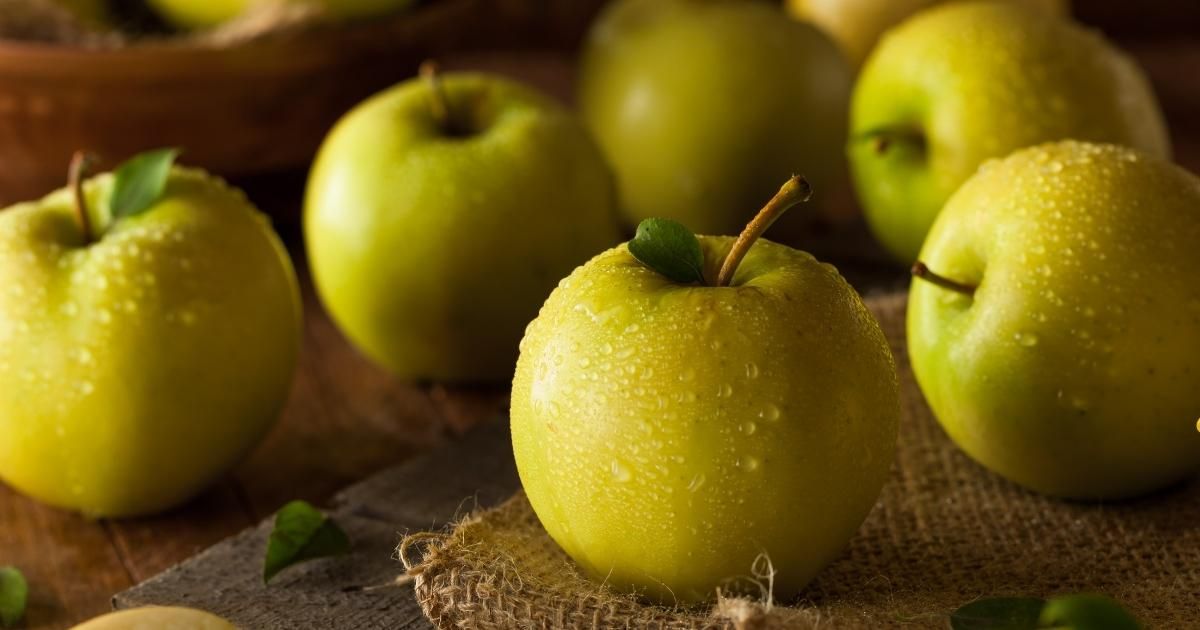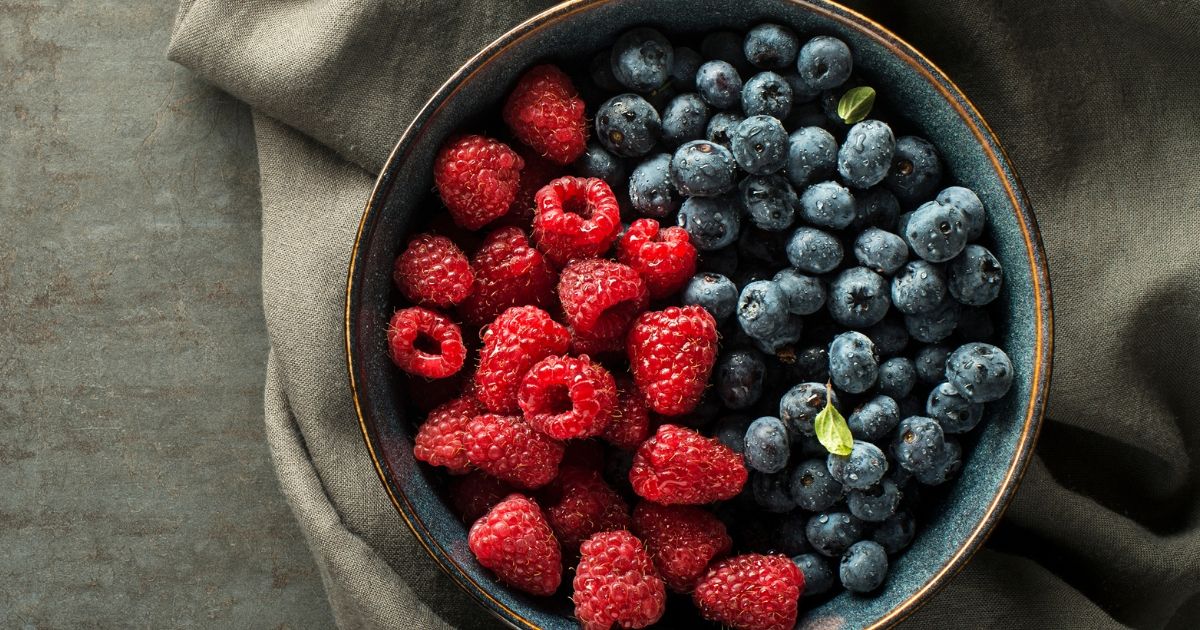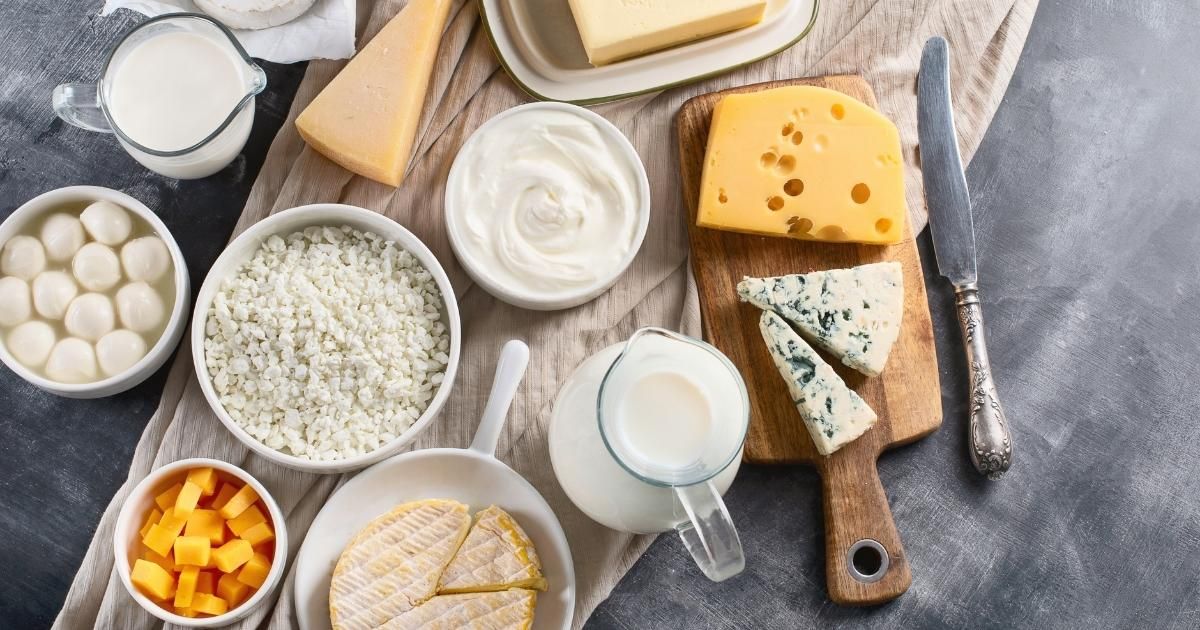Unleashing the Power of Roughage: A Guide to the Best High-Fiber Vegetables
Embrace the health benefits of a fiber-rich diet with our comprehensive guide to the best high-fiber vegetables. Improve digestion, boost heart health, and promote overall wellness with these nutrient powerhouses.
Fiber, the unsung hero of a balanced diet, plays a vital role in promoting good health. Consuming a diet rich in high-fiber vegetables can improve digestion, help control weight, lower the risk of heart disease and diabetes, and even play a role in supporting mental health. With such impressive benefits, it's clear why dietitians emphasize the importance of dietary fiber.
Dietary fiber, often referred to simply as "fiber", is a type of carbohydrate that comes from plant-based foods. Unlike other carbohydrates, fiber is not broken down by your body into sugar molecules. Instead, it passes through the body undigested, which is why it has significant effects on health, especially your digestive system.
There are two main types of fiber: soluble and insoluble, and both types are important for optimal health, digestion, and prevention of certain diseases.
Soluble Fiber
Soluble fiber dissolves in water to form a gel-like substance. It can aid in lowering blood cholesterol and glucose levels. Soluble fiber is found in oats, peas, beans, apples, citrus fruits, carrots, barley, and psyllium.
Insoluble Fiber
Insoluble fiber promotes the movement of material through your digestive system and increases stool bulk, which can be beneficial to those who struggle with constipation or irregular stools. Whole-wheat flour, wheat bran, nuts, beans, cauliflower, green beans, and potatoes are all good sources of insoluble fiber.
Most plant-based foods, such as oatmeal and beans, contain both soluble and insoluble fiber. However, the amount of each type varies in different plant foods. To receive the greatest health benefit, eat a wide variety of high-fiber foods.
The benefits of a high-fiber diet are numerous. It aids in achieving a healthy weight, lowering the risk of diabetes, heart disease, and some types of cancer. The recommended daily intake of fiber is about 25 grams for women and 38 grams for men. This can be achieved by increasing the consumption of fiber-rich foods in your diet.
Which Vegetables Have The Most Fiber?
1. Artichokes:
Artichokes are a powerhouse of fiber and a variety of other nutrients. One medium artichoke (about 120 grams) can provide about 7 grams of dietary fiber, which is nearly 28% of the daily recommended fiber intake. This high fiber content plays a key role in promoting digestive health, supporting weight management, and controlling blood sugar levels.
Artichokes contain two important types of fiber: soluble and insoluble. Soluble fiber forms a gel-like substance in the gut and can help lower blood cholesterol and glucose levels. Insoluble fiber adds bulk to the diet, helping prevent constipation and promoting regular bowel movements.
In addition to being high in fiber, artichokes are also loaded with antioxidants, which help protect the body from damage by harmful molecules known as free radicals. They're particularly rich in the antioxidant cynarin, which is thought to aid digestion, liver function, and cholesterol levels.
Artichokes are versatile and can be included in the diet in various ways. They can be steamed, boiled, grilled, or roasted and are delicious when paired with dips or stuffed with a variety of fillings. They also make a tasty addition to salads, pastas, and pizzas.
Notably, most of the fiber is in the "meat" of the leaves and the heart. Therefore, to maximize fiber intake, make sure to scrape off and consume the fleshy part of the leaves and enjoy the heart, which is considered the most delicious part of the artichoke.
In conclusion, incorporating artichokes into your diet can be an excellent strategy for boosting your fiber intake while also benefiting from the various other nutrients they provide.
2. Broccoli:
Broccoli is a high-fiber food that offers numerous health benefits. A cup of chopped raw broccoli (approximately 91 grams) contains about 2.4 grams of fiber. This fiber, combined with the fact that broccoli is over 90% water, means that this cruciferous vegetable can help you feel full and satisfied without a lot of calories.
Broccoli contains both soluble and insoluble fiber. Soluble fiber attracts water and turns to gel during digestion, slowing the process down. It's helpful in controlling blood glucose levels and reducing cholesterol. Insoluble fiber, on the other hand, remains unchanged all the way to the colon, making waste heavier and softer so it can move through the intestines more easily. This aids in promoting regular bowel movements and reducing the risk of constipation.
Apart from being a good source of fiber, broccoli is also packed with a wealth of nutrients. It's rich in vitamins C and K, folate, potassium, and antioxidants. These antioxidants help reduce inflammation and protect against certain types of cancer.
Broccoli is a versatile vegetable that can be enjoyed in a variety of dishes. You can eat it raw in salads or with dips, steam it, stir-fry it, roast it, or even add it to soups and stews. However, it's important to remember that cooking methods can impact the fiber content. Steaming is often the best option as it maintains the fiber content better than boiling.
Incorporating broccoli into your diet is an excellent way to enhance your fiber intake, supporting digestive health and providing a multitude of other health benefits.
3. Carrots:
Carrots are another wonderful source of dietary fiber. A cup of chopped carrots (around 128 grams) provides about 3.6 grams of fiber. This is a significant amount given that the recommended daily intake of dietary fiber is around 25 to 30 grams.
There are two types of fiber found in carrots - soluble and insoluble. The soluble fiber in carrots can assist in reducing blood cholesterol levels and in controlling blood sugar levels by slowing the absorption of sugar into the bloodstream. The insoluble fiber found in carrots can help move food through the digestive system, improving digestion and preventing constipation.
Notably, carrots are well-known for their high content of beta-carotene, a type of carotenoid that gives carrots their vibrant orange color. Beta-carotene is converted into vitamin A in the body, which is essential for good eye health, immune function, and skin health.
The method of preparation can affect the fiber content and nutritional quality of carrots. While raw carrots are a great snack option, cooking them can make certain nutrients, like beta-carotene, more easily absorbable by the body. Whether enjoyed raw, steamed, roasted, or blended into a soup, incorporating carrots into your diet is a tasty way to boost your fiber intake.
Carrots are not only nutritious but also incredibly versatile. You can include them in salads, soups, stir-fries, and even desserts, such as carrot cakes and muffins. They're a staple vegetable that can be easily added to any dietary plan.
4. Lentils:
Lentils, a type of legume, are an incredible source of dietary fiber. One cup (around 200 grams) of cooked lentils provides about 15.6 grams of fiber. This makes them one of the best plant-based sources of dietary fiber you can consume.
The fiber in lentils is primarily insoluble, which adds bulk to the stool and aids in preventing constipation. It also contains a good amount of soluble fiber, which can help reduce high cholesterol levels and control blood sugar levels, making lentils a great food choice for people with diabetes and heart disease.
Moreover, lentils are an excellent source of protein, with about 18 grams of protein per cooked cup. They are also rich in polyphenols, micronutrients thought to improve heart health, combat inflammation, and exhibit anticancer properties.
Lentils are also packed with other essential nutrients, including folate, iron, phosphorus, potassium, and manganese. Their high nutrient content can help support overall health and prevent nutrient deficiencies.
Preparing lentils is quite straightforward. After rinsing them, they can be boiled in water or broth. They can be added to soups, stews, salads, or served as a side dish. Due to their high fiber content, they are quite filling and can be a beneficial addition to weight loss diets.
5. Pears:
Pears are an excellent source of dietary fiber. One medium-sized pear (about 178 grams) can provide around 6 grams of fiber, which is approximately 24% of the recommended daily fiber intake. The fiber in pears is both soluble and insoluble, meaning it not only helps with digestion but also contributes to the sensation of fullness that can help with weight management.
The type of fiber found in pears, pectin, is considered a soluble fiber. Pectin has been linked to several health benefits, including improving gut health by nurturing beneficial bacteria, and slowing down digestion, which can help control blood sugar levels.
Additionally, pears are rich in essential antioxidants, plant compounds, and dietary fiber. They pack all these nutrients in a fat-free, cholesterol-free, 100-calorie package. As part of a balanced diet, pears can contribute to overall gut health, possibly improving gut-related issues like constipation and bowel regularity.
Furthermore, eating pears can contribute to your hydration status because they are composed of about 84% water. The combination of being high in water and fiber can keep you feeling full, which may promote weight loss.
Pears can be enjoyed fresh, cooked, or baked in a variety of sweet and savory dishes. They are also a popular addition to salads and pair well with certain cheeses.
In conclusion, the humble pear is a real fiber superstar. Including it in your diet can help you meet your daily fiber requirements while also providing you with a host of other nutrients and health benefits.
6. Avocados:
Fiber Content: One medium avocado contains around 10 grams of fiber, making it one of the highest fiber fruits available. The fiber in avocados is both soluble and insoluble, with about 25% soluble fiber and 75% insoluble fiber. This balance is great for digestive health, as insoluble fiber adds bulk to the stool and aids in regular bowel movements, while soluble fiber feeds the beneficial gut bacteria, promoting overall gut health.
Nutrient Density: In addition to fiber, avocados are rich in healthy monounsaturated fats, which are heart-healthy and can help reduce bad cholesterol levels. They also contain a substantial amount of vitamins and minerals, including potassium, vitamin K, vitamin E, and vitamin C.
Versatility: The creamy texture and mild flavor of avocados make them a versatile addition to many dishes. They can be used in salads, spread on toast, blended into smoothies for extra creaminess, or made into guacamole. Their healthy fats also help to increase the absorption of fat-soluble vitamins from other foods.
Calorie Content: Despite their many health benefits, avocados are high in calories due to their fat content. One medium avocado contains around 240 calories. Therefore, they should be eaten in moderation, especially for those who are mindful of their calorie intake.
7. Oats:
Fiber Content: Oats contain a high amount of both soluble and insoluble fiber. One cup of raw oats provides approximately 16 grams of fiber. The soluble fiber in oats, much of which is a type called beta-glucan, is particularly beneficial for health.
Beta-Glucan Benefits: Beta-glucan is a unique type of soluble dietary fiber known for its heart health benefits. It's been shown to reduce levels of total and LDL cholesterol, particularly when eaten regularly. Beta-glucan also forms a gel-like substance in the gut which helps to slow down digestion, increase feelings of fullness, and slow the absorption of sugar into the bloodstream, which can help control blood sugar levels.
Nutrient Density: In addition to being high in fiber, oats are also packed with important vitamins, minerals, and antioxidant compounds. They are a good source of iron, magnesium, zinc, and B vitamins. Moreover, oats contain avenanthramides, antioxidants that are unique to oats and have been shown to have anti-inflammatory and anti-itching effects.
Versatility: Oats are extremely versatile and can be used in a variety of dishes, not just oatmeal. They can be used in baking, homemade granola, smoothies, and can even be ground into flour.
Note on Processing: The level of processing can impact the fiber content of oats. Steel-cut oats and old-fashioned rolled oats retain the most fiber, while quick-cooking oats and instant oatmeal tend to have slightly less due to further processing. Nonetheless, all forms of oats are still a good source of fiber.
Remember to include a diverse range of high-fiber foods in your diet for the greatest health benefits. Oats can play a significant part in that, but they shouldn't be the only source of dietary fiber you consume.
8. Apples:
Apples are not only delicious but also high in fiber. A medium apple (about 182 grams) contains around 4.4 grams of fiber, which is 16% of the recommended daily intake. They are also packed with vitamin C, potassium, and antioxidants.
The fiber in apples is primarily soluble, which slows digestion and can help you feel full for longer periods. Apples are also high in pectin, a type of soluble fiber that can work as a prebiotic to provide beneficial bacteria in your gut, promoting a healthier digestive system.
Interestingly, a large proportion of an apple's fiber is in the skin, so for the greatest fiber benefit, it's best to eat apples unpeeled. The skin also contains many of the fruit's antioxidants, so there are multiple benefits to eating apples with their skin on.
While apples are high in sugar, the fiber content helps to slow the absorption of this sugar, preventing spikes in blood sugar that are detrimental to health. This makes apples a great high-fiber snack option that is also good for blood sugar control.
The versatility of apples also makes them easy to include in your diet. You can eat them raw as a snack, add them to salads and cereals, or use them in baking. They can also be added to savory dishes for an unexpected burst of sweetness.
9. Split Peas:
Split Peas are an excellent source of fiber and are a staple in many cuisines around the world. A cup (196 grams) of cooked split peas provides about 16.3 grams of fiber, which is about 65% of the recommended daily intake.
Split peas, like all legumes, are high in both soluble and insoluble fiber. Soluble fiber forms a gel-like substance in the digestive tract that can help lower blood cholesterol and glucose levels. Insoluble fiber, on the other hand, helps material move through your digestive system and increases stool bulk, benefiting those who struggle with constipation or irregular stools.
Moreover, the fiber in split peas helps promote feelings of fullness, which can aid in weight management by reducing overall food intake. The high fiber content in split peas also slows digestion, resulting in a steadier rise in blood sugar levels, making it a great option for people with diabetes.
Split peas are also packed with protein and several vital nutrients, including folate, manganese, and vitamins B1 and B5. They're easy to cook and can be incorporated into a variety of dishes such as soups, stews, and dips. You can also make split pea puree as a healthy side dish, or even use split peas to make a vegetarian patty for a high-fiber, plant-based meal.
10. Chia Seeds:
Chia Seeds are tiny powerhouses of nutrition, notably renowned for their exceptional fiber content. Just two tablespoons (about 28 grams) of chia seeds contain roughly 11 grams of fiber, which is approximately 44% of the recommended daily intake.
These little seeds are a type of soluble fiber, which can absorb up to 10-12 times their weight in water, turning into a gel-like consistency in your gut. This process can help keep you feeling fuller for longer, slow down the absorption of your food, regulate bowel movements, and promote healthy gut flora.
Moreover, the fiber in chia seeds helps to lower the rise in blood sugar levels after a meal, contributing to the management of type 2 diabetes. High fiber diets have also been associated with a lower risk of heart disease, and chia seeds' blend of fiber, omega-3 fatty acids, and high-quality protein are particularly heart-healthy.
Apart from fiber, chia seeds are rich in antioxidants, calcium, phosphorus, and a good source of omega-3 fatty acids. Despite their small size, they're one of the most nutritious foods on the planet.
Chia seeds are also very versatile. They can be sprinkled on top of yogurt or salads, mixed into smoothies, baked into bread, or used as an egg substitute in vegan cooking when mixed with water. One popular way to consume them is in a 'chia pudding', where the seeds are soaked in liquid until they expand and develop a pudding-like texture.
While these are only a few examples, there are many other high-fiber vegetables like Brussels sprouts, peas, and sweet potatoes. Including a variety of these vegetables in your diet can ensure you are getting a broad range of nutrients and enough dietary fiber to support your health.
Benefits Of Fiber
Fiber offers several health benefits. Here are some key ones:
Digestive health: Fiber can help prevent constipation and promote regular bowel movements. Insoluble fiber adds bulk to your stool, helping it pass more quickly through your intestines, while soluble fiber softens your stool to prevent diarrhea.
Weight management: High-fiber foods tend to be more filling, so you're likely to eat less and stay satisfied longer, which can help with weight management.
Heart health: Consuming enough fiber can help lower the risk of developing heart disease by reducing levels of LDL (low-density lipoprotein), or "bad" cholesterol. It may also have other heart-health benefits, such as reducing blood pressure and inflammation.
Blood sugar control: In people with diabetes, fiber — particularly soluble fiber — can slow the absorption of sugar and help improve blood sugar levels. A healthy diet that includes insoluble fiber may also reduce the risk of developing type 2 diabetes.
Longevity: Studies suggest that a high-fiber diet may help you live longer. There's some research indicating that high fiber intake is associated with a reduced risk of dying from heart disease and all cancers.
Skin health: When yeast and fungus are excreted through the skin, they can trigger outbreaks or acne. Eating fiber can flush toxins out of your body, improving the health and appearance of your skin.
Overall, a diet rich in fiber contributes significantly to a healthy lifestyle. Keep in mind that while increasing fiber in your diet is generally beneficial, too much too soon can promote intestinal gas, abdominal bloating, and cramping. Increase fiber in your diet gradually over a period of a few weeks. This allows the natural bacteria in your digestive system to adjust to the change.
Practical Tips for Adding High-Fiber Vegetables to Your Diet:
Gradually increase your intake of high-fiber vegetables to avoid digestive discomfort.
Pair high-fiber veggies with lean proteins for a balanced meal.
Snack on raw veggies like carrots or bell peppers throughout the day.
Try new cooking methods, like roasting or grilling, to bring out unique flavors.
The daily recommended fiber intake for adults is around 25 grams for women and 38 grams for men. While this might seem challenging at first, incorporating high-fiber vegetables into your meals and snacks can make it easier to meet this goal.
What Is The Highest Fiber Fruit You Can Eat?
The fruit with the highest fiber content is the passionfruit. Passionfruit, also known as maracuya, has approximately 10.4 grams of fiber per 100 grams, making it the fruit with the highest fiber content. This tropical fruit is also rich in vitamin C and beneficial plant compounds like antioxidants.
Here are some other high-fiber fruits:
Avocado: While often thought of as a vegetable, avocado is actually a fruit and a very fiber-rich one at that. One medium avocado contains about 13.5 grams of fiber.
Guava: This tropical fruit packs around 5.4 grams of fiber per 100 grams, plus it's a great source of vitamin C.
Raspberries: These small berries are high in fiber with around 6.5 grams in a cup.
Pears: Pears have about 5.5 grams of fiber per medium-sized fruit.
Blackberries: Similar to raspberries, these fruits contain about 7.6 grams of fiber per cup.
How Can I Increase My Fiber Intake?
Increasing your fiber intake can be done in a number of simple and delicious ways:
Choose whole grain: Where possible, choose whole grain versions of foods like bread, pasta, and cereals. Whole grains retain all parts of the grain — the bran, germ, and endosperm. They are packed with fiber compared to refined grains.
Eat plenty of fruits and vegetables: Try to include at least one fruit or vegetable in every meal. Leave skins on where possible, as many contain a good amount of fiber.
Include more beans and legumes: Foods like lentils, chickpeas, and all kinds of beans are very high in fiber. You can add them to salads, soups, and stews.
Choose nuts and seeds: Nuts and seeds are a good source of fiber. They also provide healthy fats and protein. However, be mindful of portion sizes, as they're also high in calories.
Eat more potatoes: All types of potatoes are high in fiber, especially when eaten with their skin.
Consume more berries: Berries, like raspberries and blackberries, are particularly high in fiber.
Stay hydrated: Fiber works best when it absorbs water. Drinking plenty of fluids helps fiber do its job.































